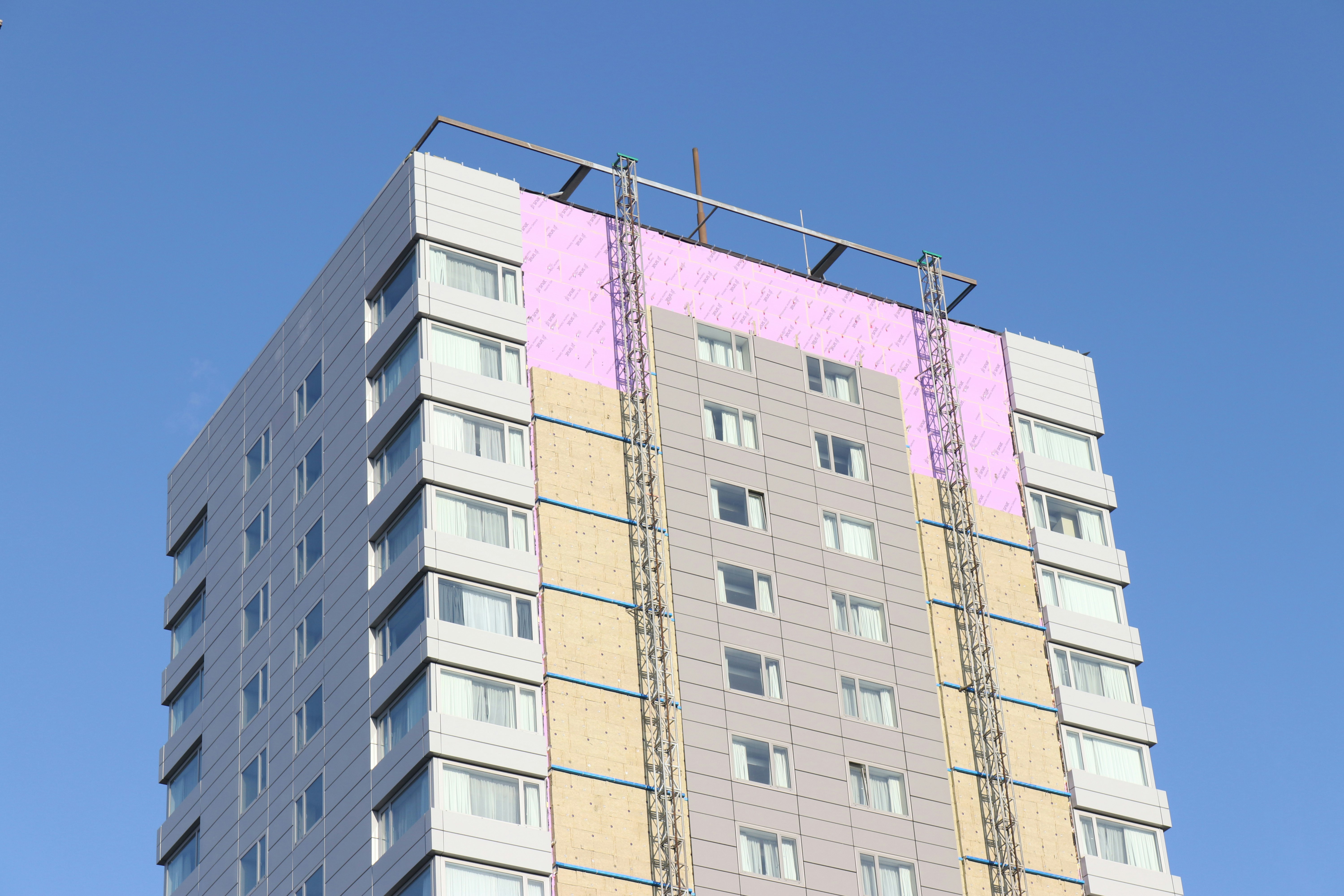Construction costs for materials and equipment also rose in February, but at a slower pace than January. While costs in most categories were up, IHS reports pumps, turbines, heat exchangers and compressors saw a dip in price.
“With construction unemployment at 8.4% in January, labor markets in the industry are the tightest they have been since 2000, resulting in increased competition for skilled and experienced workers,” said Emily Crowley, principal economist for pricing and purchasing at IHS Markit. “On top of this, the energy rebound is putting additional demand on regional markets for skilled workers such as welders and equipment operators. We expect wages in the construction industry to continue to experience above average gains as labor supply lags behind demand.”
Staffing agency Construction Labor Contractors (CLC) offered a few potential remedies to the growing labor shortage. namely hiring younger workers and putting them in a better position to make construction a career. Further, according to information from CLC, the median age of craftsman is rising, with nearly 4 million workers nearing retirement.
Hiring younger employees and making a commitment to offering more competitive wages could help attract and retain millennials considering technology and business careers, though. Cost and demand projections from the Associated Builders and Contractors (ABC) mirror those from IHS.
Overall, year-to-year construction material prices are up almost 5%. Crude petroleum jumped 30% during that same span, although natural gas prices dipped in almost a perfect inversion by nearly 31%, according to information from the ABC.
“The expectation is that construction materials prices will generally edge higher during the course of 2018,” said ABC Chief Economist Anirban Basu. “After all, both domestic and global economies are strengthening, business and investor confidence is elevated and construction backlog is rising. On top of that, the U.S. dollar has weakened in recent weeks, translating into more aggressive increases in the price of imports.”
Basu said labor shortages are going to play a significant role in dictating cost increases, as demand for materials will be stunted by output limitations. “The typical contractor should expect materials price increases in the range of 5% this year. Larger increases are possible, but industry demand for materials will be constrained by growing skills shortages,” said Basu. “There is only so much output that America’s construction firms can deliver during any given period given workforce constraints, and those constraints serve to limit the demand for materials at any given moment.”
IHS also reports index measurement increases were “widespread” and labor costs in all regions of the U.S. and Canada are expected to continue to climb. Sub-contractor labor is expected to jump more than 11 index points from January, from 61.7 to 73.2, according to information from IHS. The six-month materials and equipment index also rose 4 points, according to the IHS data. More information about the index can be found at their website.












